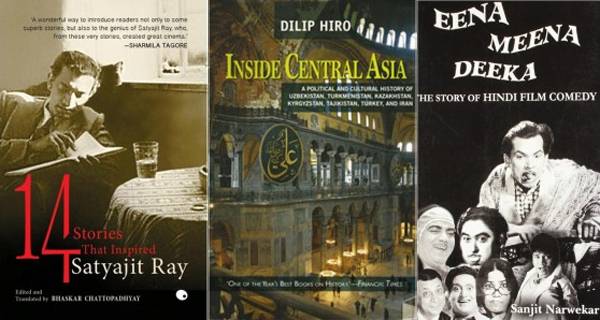
14 Stories That Inspired Satyajit Ray
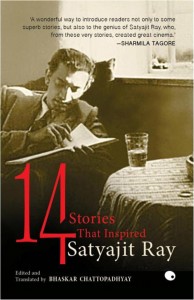
Ed. and transl. Bhaskar Chattopadhyay
HarperCollins Publishers India [paperback], 2014
PRs 675
This anthology of short stories, which master filmmaker Satyajit Ray adapted for the cinema, includes a range of fascinating tales: A rich landowner dreams that his daughter-in-law is an incarnation of Kali. A clerk’s life is turned upside down when he stumbles on a magical stone that can turn any base metal into gold. A housewife steps out of her lower middle-class home into the big city to work as a salesgirl and is awestruck by the urban labyrinth. Blessed with three magical boons from the king of ghosts, Goopy and Bagha fight the evil plans of the king of Halla and save the kingdom of Shundi. A group of friends run into a self-proclaimed ageless sage who claims to have been friends with Plato, Jesus and Buddha.
With short stories from legendary writers such as Tagore, Prabhat Kumar Mukhopadhyay, Rajshekhar Basu and Premchand, 14 is an enduring collection of tales that offered Ray enormous scope for exercising his prodigious talents as a filmmaker.
Inside Central Asia: A Political and Cultural History of Uzbekistan, Turkmenistan, Kazakhstan, Kyrgystan, Tajikistan, Turkey, and Iran
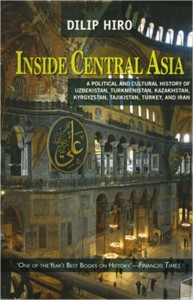
Dilip Hiro
HarperCollins Publishers India [hardback], 2010
PRs 1,200
The former Soviet republics of Central Asia comprise a sprawling, politically pivotal, densely populated, and richly cultured area of the world that is nonetheless poorly represented in libraries and mainstream media. Since their political incorporation in Stalin’s Soviet era, these countries have gone through a flash of political and economical evolution. Despite these rapid changes, the growth of oil wealth and US jockeying, and the opening of the region to tourists and businessmen, the spirit of Central Asia has remained untouched at its core.
In this comprehensive new treatment, historian Dilip Hiro offers a narrative that places the modern politics, peoples, and cultural background of this region firmly within the context of current international focus. Given the strategic location of Central Asia, its predominantly Muslim population, and its hydrocarbon and other valuable resources, it comes as no surprise that the five Central Asian republics are emerging as one of the most potentially influential – and coveted – patches of the globe.
“For those who still get their “-stans” mixed up, Hiro’s book provides a detailed and nuanced overview of the region of central Asia” (Financial Times).
A Journey Into the Past: Portrait of a Punjabi Family 1800–1970
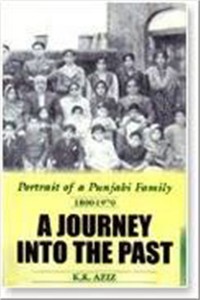
K. K. Aziz
Vanguard [hardback], 2006
PRs 795
This is oral history at its best: the chronicle of a zamindar family’s transformation under the influence and aegis of British rule in the Punjab. It shows how sensitivity to the call of time can change a people’s fate. It throws light on the social evolution of the Punjab, a much-neglected field. At the same time, the book is a triple biography of the author’s father, grandfather and great-grandfather and their spouses. In this grand narrative is the gripping story of three lives spent in the service of God, man and learning, their colourful thread in the warp and woof of modern history, and the forceful role played by the principal women of the family.
Eena Meena Deeka: The Story of Hindi Film Comedy
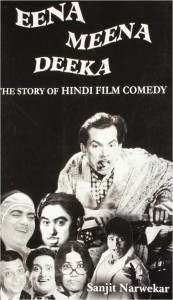
Sanjit Narwekar
Rupa and Co. [paperback], 2005
PRs 569
Kaveree Bamzai in India Today asks, does a book about comedy have to be funny? No. But it helps. Sanjit Narwekar offers in its stead a well-researched history of comedy in India, replete with heroes both unsung and singing, like the zany Kishore Kumar, whose persistent conflict the book recalls (should he sing or act full-time?) as it does the chance meeting between Balraj Sahni and a bus conductor named Badruddin Jamaluddin Qazi, which resulted in the creation of the enduringly hilarious Johnny Walker (a name given to him by Guru Dutt after Bollywood’s favoured brand of Scotch).
Jagdeep, Om Prakash, Mukri, Dhumal: the book looks at all the funny-men who made Indian cinema fun. It also brings in leading men such as Shammi Kapoor, who was transformed into “Yahoo Man” at his wife Geeta Bali’s suggestion. Among others, Narwekar recalls Champak Bhumia of Aaj ki Tazaa Khabar, Soorma Bhopali of Sholay and Pappu Pager of Deewana Mastana – all characters that have now slipped into everyday use, reflecting that Indian movie humour is as, Bamzai suggests, as “giddy as it is hysterical”.

